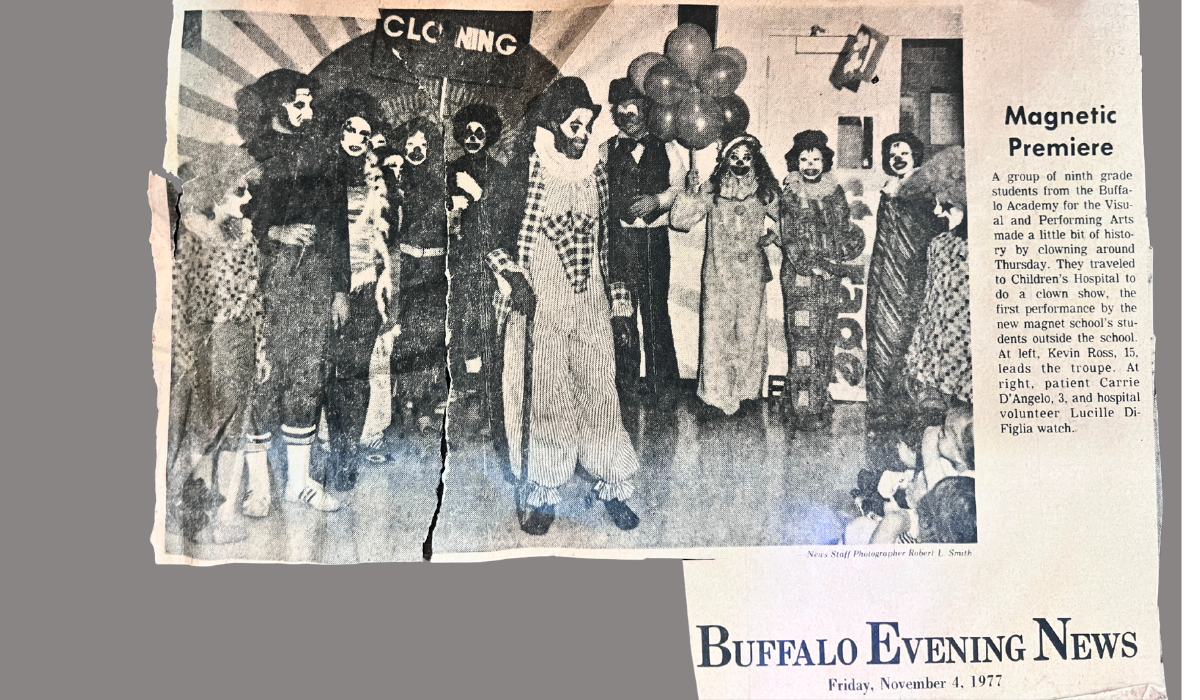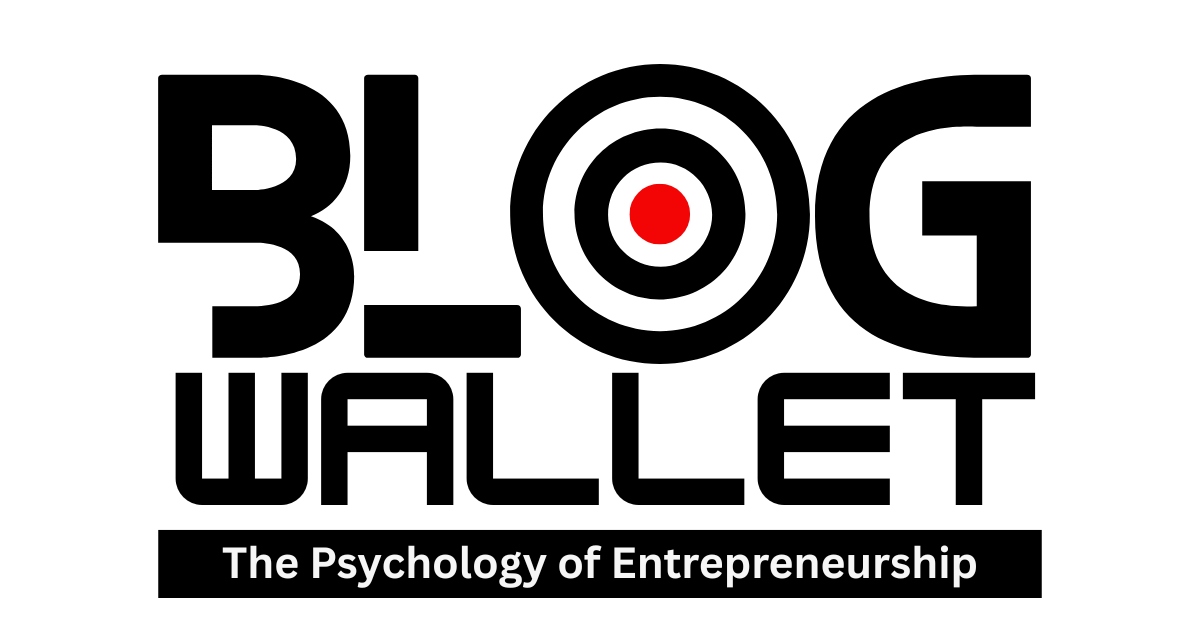
Updated for 2025: Practical AI & Business Moves
In the Black community, there’s a long-standing unspoken rule: don’t air our dirty laundry. We hide our struggles, protect secrets, and stay silent about the pain. But in 2025, I’m done with that silence. My childhood was a mix of tragedy and blessing. I’ve witnessed the worst from my own people, and I have to ask—why do I keep shielding the toxic parts of our story? Why hide the truth? We’re not perfect, and we have a lot of work to do, especially now as mental health and generational trauma come into sharper focus.
At 15, creativity was my lifeline. I was hungry to make it, so I did something bold—I called advertising agencies straight from the phone book. No agent, no middleman, just a kid with a dream. That hustle landed me on billboards and TV commercials for Tops Friendly Markets in Western New York. Suddenly, I was seen differently. That’s when I learned a harsh truth: in this world, you’re invisible until you’re valuable. People see what you can do, not who you are.
In 1977, Performing Arts opened in Buffalo. I walked in ready to audition for music, but they recognized me from the commercial and placed me in drama without even an audition. I was thrilled but realized I hadn’t spoken up for what I truly wanted—music was my heart. That lesson—always ask for what you want—would become a cornerstone of my journey.
Fast forward 40-plus years, and I’m still connected to some of those faces in that old picture. Performing Arts saved me when Buffalo’s gray skies, brutal winters, and toxic community vibes threatened to crush me. A substitute teacher named Debbie, fresh from LA, shared stories about working on the Merv Griffin Show. We were captivated. I begged her to take us to LA—not for fame or TV, but for the sun and palm trees. I just wanted out of Buffalo’s cold, depressing winters.
Those ’70s TV shows—Charlie’s Angels, Baretta, Starsky and Hutch—weren’t about the plots for me. It was the bright LA sun and palm trees that fueled my dreams. Debbie helped us raise money selling chocolate bars (mostly eaten by us) to get there. The moment I stepped off that plane, I knew my escape had begun.
In 1990, after getting fired from a Denver radio station, I faced a crossroads: St. Louis, Atlanta, or LA? I chose LA, driving my beat-up ’80 Ford Fairmont across the country. I had one contact, who didn’t respond to my pager. Lost and wandering East LA, I parked in a neighborhood that felt safe. Minutes later, my friend Terrance pulled up, shocked I’d found him by pure chance. That moment felt like divine guidance. Thirty-five years later, I’m still here, still chasing that dream.
That phone call to agencies, stepping into Performing Arts, and moving to LA—all opened doors. But the key was always asking for what I wanted. That’s the lesson I want to share now.
This picture I’m sharing? It’s worn and faded, but it doesn’t belong hidden away. It needs to be seen, to live forever. The message is clear: Dare to dream. Always ask for what you want. Never let fear stop you. The people who oppose you are battling their own demons, and they don’t deserve your energy.
Buffalo today? It’s a different place. I haven’t spent a winter there in 40 years, but the vibe has shifted. It’s more peaceful, a true college town with diverse people. Would I live there again? No. But it’s changed.
Now, in 2025, the conversation around mental health in Black communities is finally breaking through decades of stigma rooted in history—from slavery’s denial of Black suffering to today’s systemic barriers. We’re seeing more voices demanding culturally competent care and mental health resources that respect our experiences. Yet, many still rely on faith communities for support, as medical mistrust and provider bias persist. The rise of AI and automation in mental health tech offers new tools—chatbots, virtual therapists, and personalized wellness apps—that could help bridge gaps, but only if they’re designed with cultural awareness.
In the creator economy, Black entrepreneurs and artists are harnessing AI to amplify their voices and build businesses on their own terms. The lesson remains: ask for what you want, leverage every tool, and don’t let fear or outdated stigma hold you back. The future is ours to shape—boldly, honestly, and unapologetically.

